by Evanne Montoya
Plans to build an addition on the Hixson Union Building are going forward after a unanimous decision by the Board of Trustees to approve the $6.5 million addition. Designs should be ready for review by prospective contractors in June or early July, and construction could start as soon as August, said Brian Benzel, vice president of finance and administration.
Dr. Peter Barnes, a member of the executive committee of the Board and vice chair of the Student Services Committee, said student input and concerns had a hand in the decision.
“Part of the reason the administration of the university and the Board are trying to do this is in response to concerns that were voiced to us by students,” Barnes said.
Planning for the expansion had been done in the 2007-08 school year; however, it was put on hold due to the financial crisis in fall of 2008, Benzel said. The HUB plans came to the forefront again due in part to the unexpected enrollment spike last fall.
“We essentially acquired about five years’ worth of enrollment growth in one year, which accelerated the challenge of the dining capacity,” Benzel said.
This growth made it difficult for the available space to meet the needs of the student population.
“There was general support by the Board for the HUB expansion,” Barnes said “We realize that there are limitations that the current space has with respect to students being able to get in and get out in a timely fashion, as well as in having the diversity of food options that they would like to have.”
The addition would mean a significant increase in dining space.
The planning process
When the trustees met in the fall, plans were already under way to restart the HUB project. The board gave permission for designs to be created and prepared.
By March, the plans were more developed, Benzel said. Director of capital projects Steve Thompson and associate dean of students Dick Mandeville met with the cabinet and President Beck Taylor to present the plans and have them sign off on the look and functionality of the building, Benzel said.
For the most part, the plans are similar to the original vision.
“Probably the biggest decision we made in this phase was to make the addition a little bigger than we had planned in 2007-08,” Benzel said.
This involved expanding about 20 feet on the east side toward Loop Road. While this change added about $1 million to the final cost, it’s relatively inexpensive for the amount of space it provides, Benzel said.
The designs themselves still are not entirely rigid, although the basics have been solidified. When prospective contractors submit bids, the design has certain alternative elements.
“There’re some things that we have to do and some things we’d like to do, and the ‘like-to-dos’” often go on an alternates list,” Benzel said. “We look at how the prices come in and if we can afford to do the alternates we will.”
Construction will go on through the 2011-2012 school year, and the expansion is set to open fall of 2012.
“There’ll be some access issues, and there’ll be a little more noise at various times,” Benzel said. “To say there won’t be any [disruptions] would be over-promising, but functionally we won’t be taking the dining area down for any period of time.”
The addition will be constructed separately, and an opening between the addition and the existing building will likely not be created until after graduation in 2012, Benzel said.
“We know it’s crowded already so we don’t want to make it worse,” Benzel said.
The addition will conform to Leadership in Energy and Environmental Design silver standards.
Finances and the Future
The construction and other associated costs will be financed closer to when the building opens.
“We will self-finance out of university reserve funds, and then we’ll pay ourselves back when the permanent financing is done,” Benzel said.
Essentially, that means Whitworth will loan itself the money until 2012 when bonds and other financing plans will be carried out. That will save the school from having to pay interest on an outside loan. Benzel said the money saved in interest would likely be more than would have been gained had the school invested the money in today’s market instead of using it to fund the building; however, like investing, it isn’t an entirely secure option.
“There is always risk; it’s a matter of picking what kind,” Benzel said. “What we’re risking is what the bond market will be like a year from now; we have some exposure to that.”
The school will be taking precautions to ensure that it will be able to restore the reserve funds.
“We’ll be looking really closely at our May deposits and our entering freshman class, making sure things are coming in at least as good as we had planned on,” Benzel said.
His main goal in the board meetings was to make sure the board members knew that this project would create a $6.5 million obligation.
“I think the concern that we wanted the Board to be very clear about is that moving forward now commits to a future financing plan,” Benzel said.
Through discussion during the board meeting, they were able to make that point.
“The Board felt very confident that it will not adversely impact the overall budget and that there will be funding available, especially as we continue to grow enrollment and reach a cap of 2,300 students,” Barnes said.
While the enrollment growth will help to cover the costs of the construction, it also provides a need for this and future construction.
“There are three projects in our radar screen right now, the HUB expansion, the residence hall and then an Intramural student facility for Intramurals and student recreation,” Benzel said.
He named the HUB expansion and residence hall as the most time-sensitive. At one point the plan was to work on and open the HUB and residence hall simultaneously; however, there was not time or personnel resources available to adequately plan the residence hall in order to complete it by August 2012, Benzel said.
“We had hoped in the fall that there might be a way to open the residence hall by fall of 2012 when the HUB opened, but that ended up not being feasible,” he said.
There was discussion from ASWU about establishing an activities and facilities fee, Benzel said. This would help pay for the recreation center and HUB improvements.
“We haven’t set that yet; it will probably not be exceeding $300,” Benzel said.
The fee would not be implemented until close to when the recreation center and HUB are open to students.
“I don’t want students to be paying a fee for a project that won’t be available for two years,” Benzel said.
The fee isn’t the only financial impact on students.
“Tuition is affected by this in some regard as well, but more minimally,” Benzel said. “Most of the support will be from room charges and the activities facilities fee.”

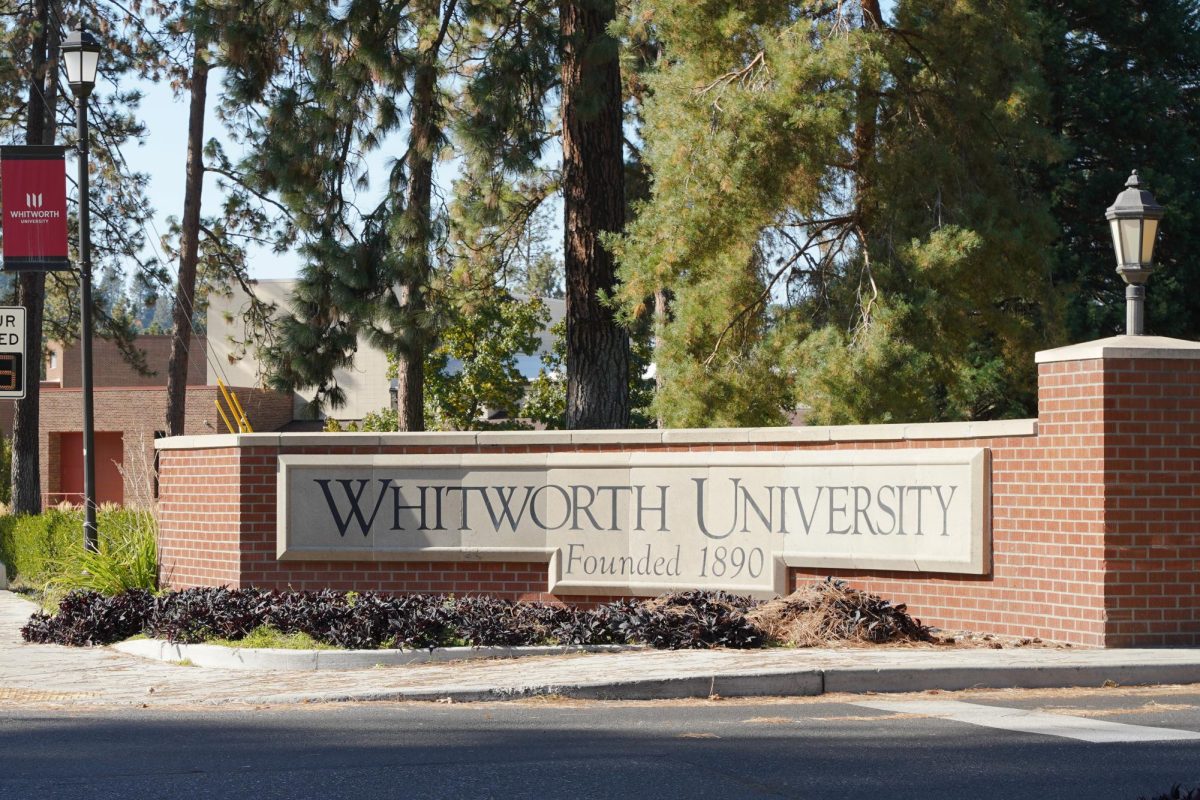
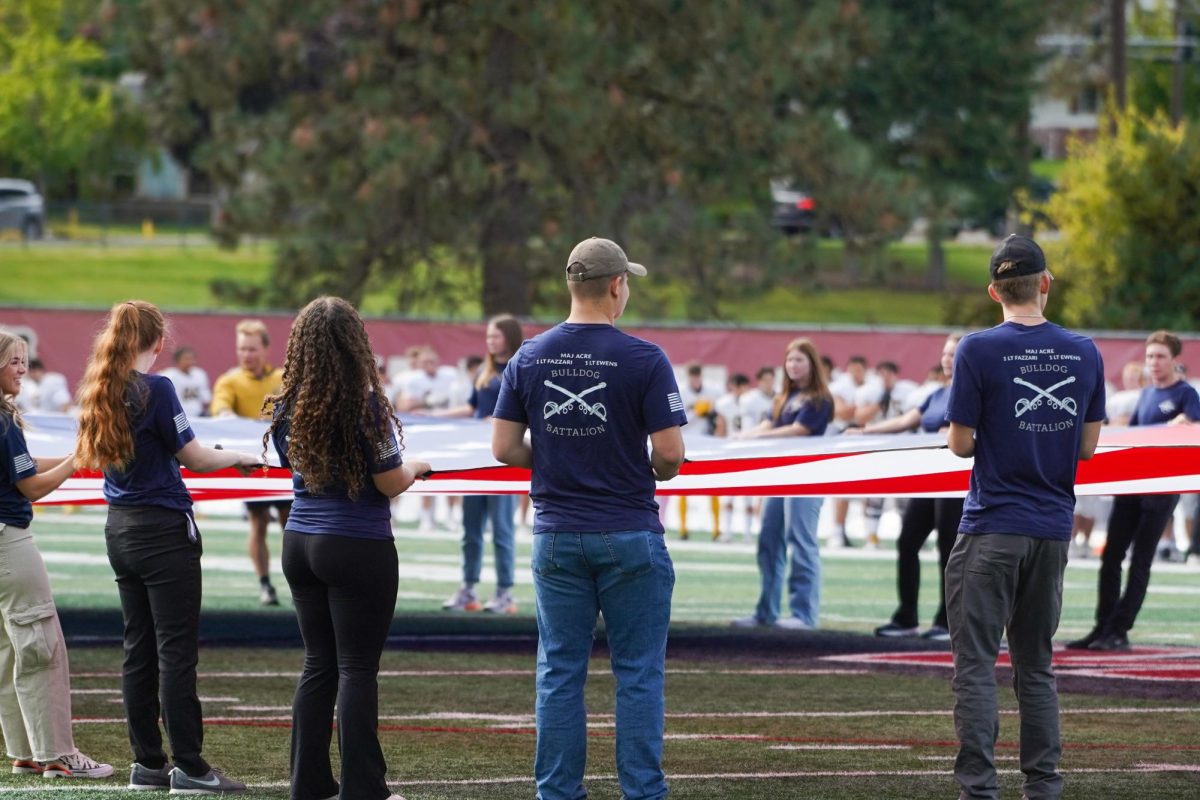
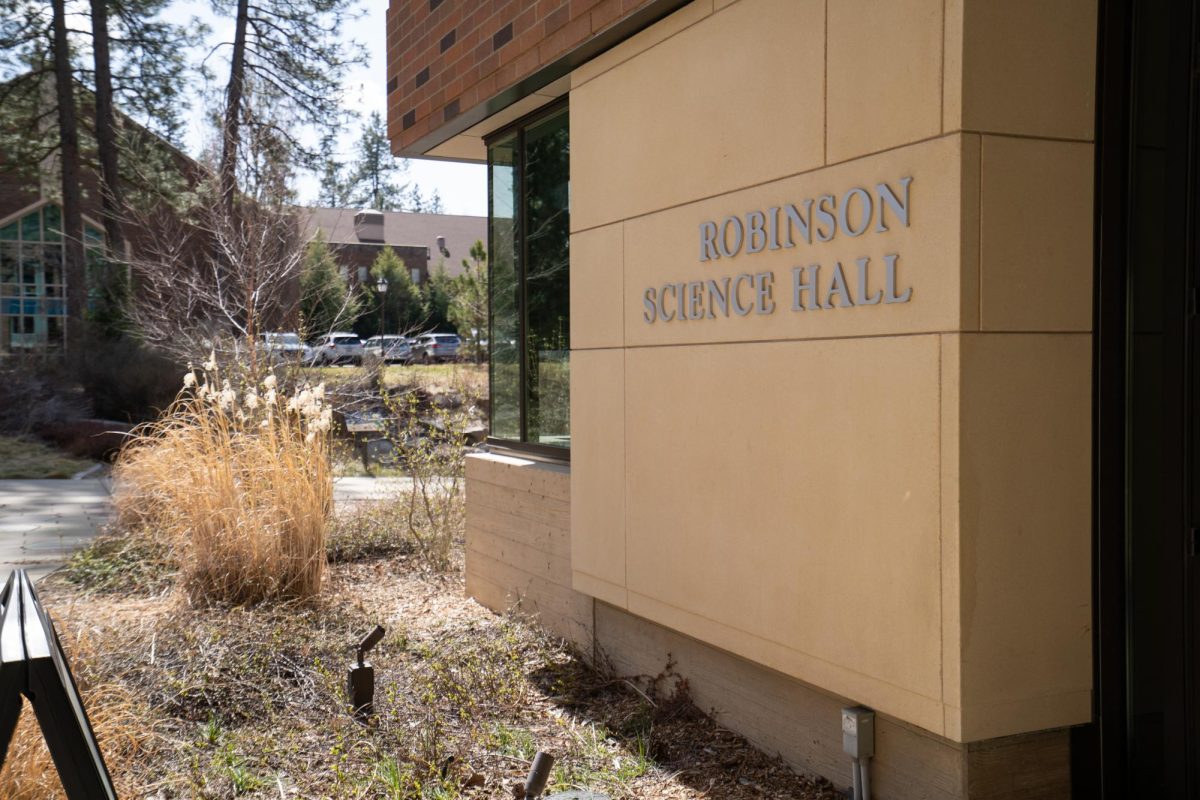
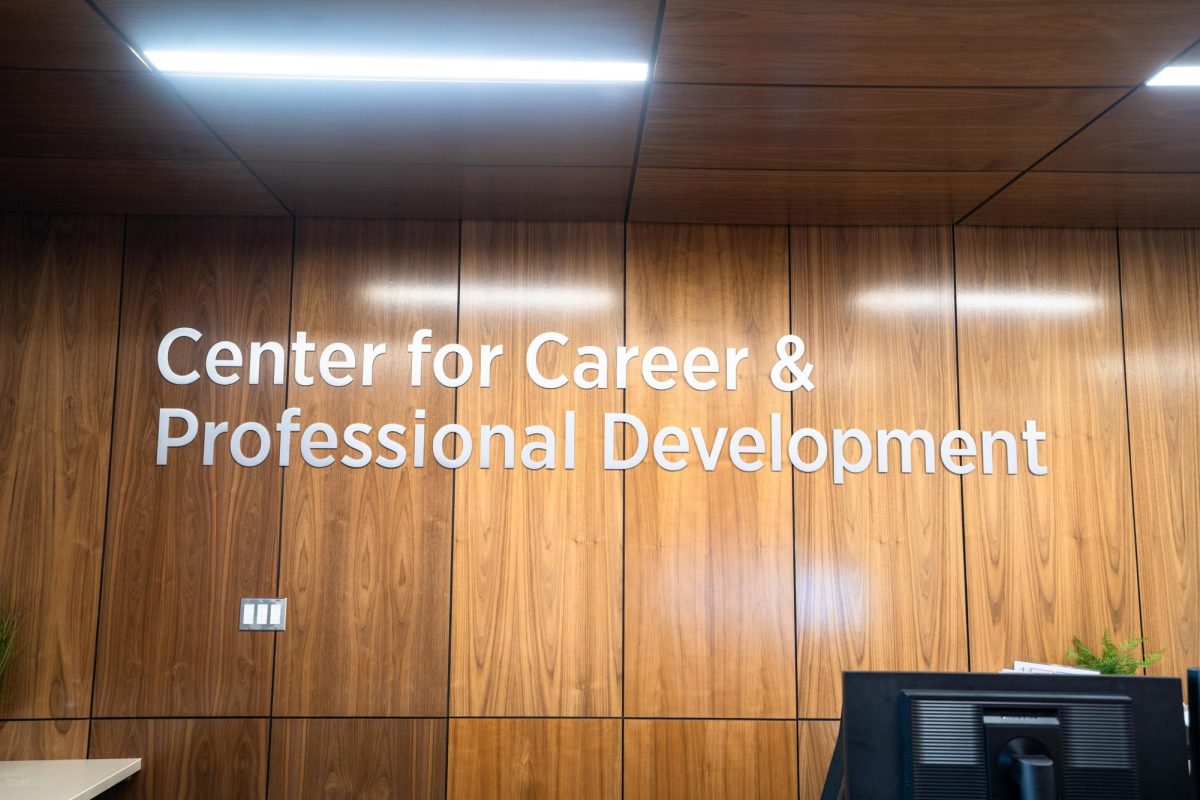
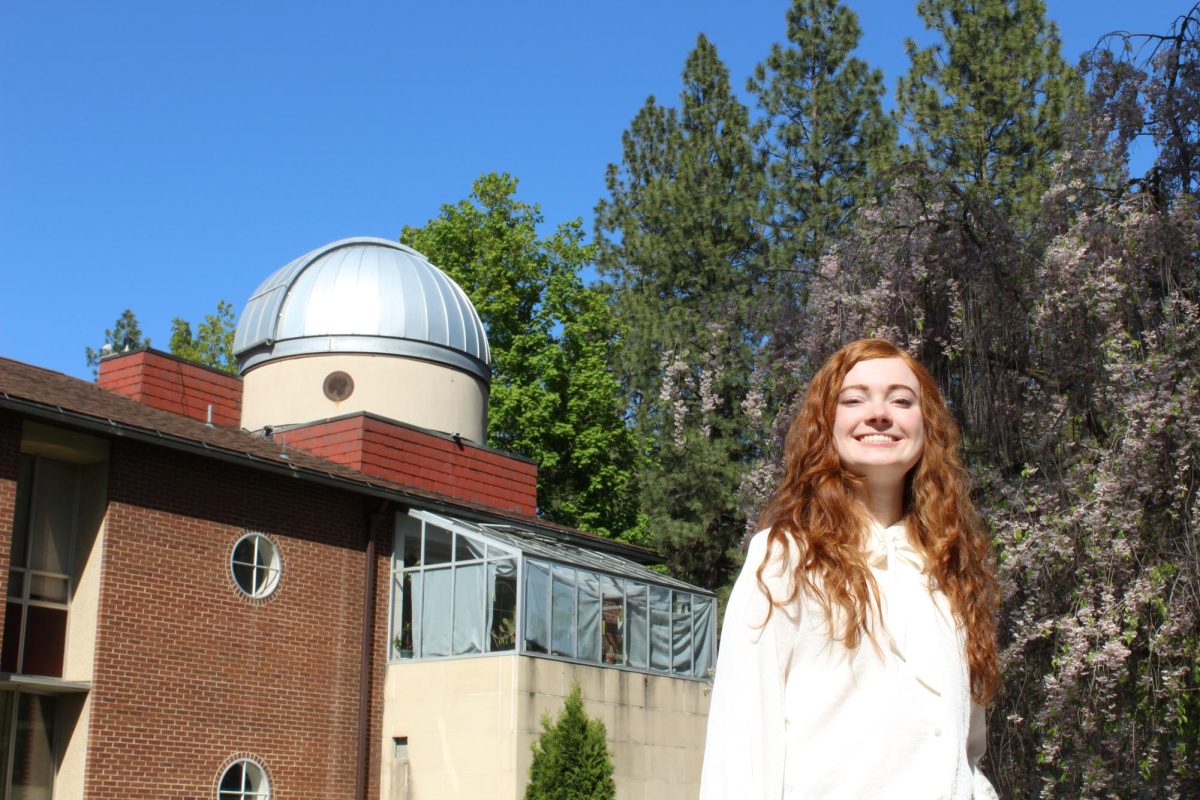
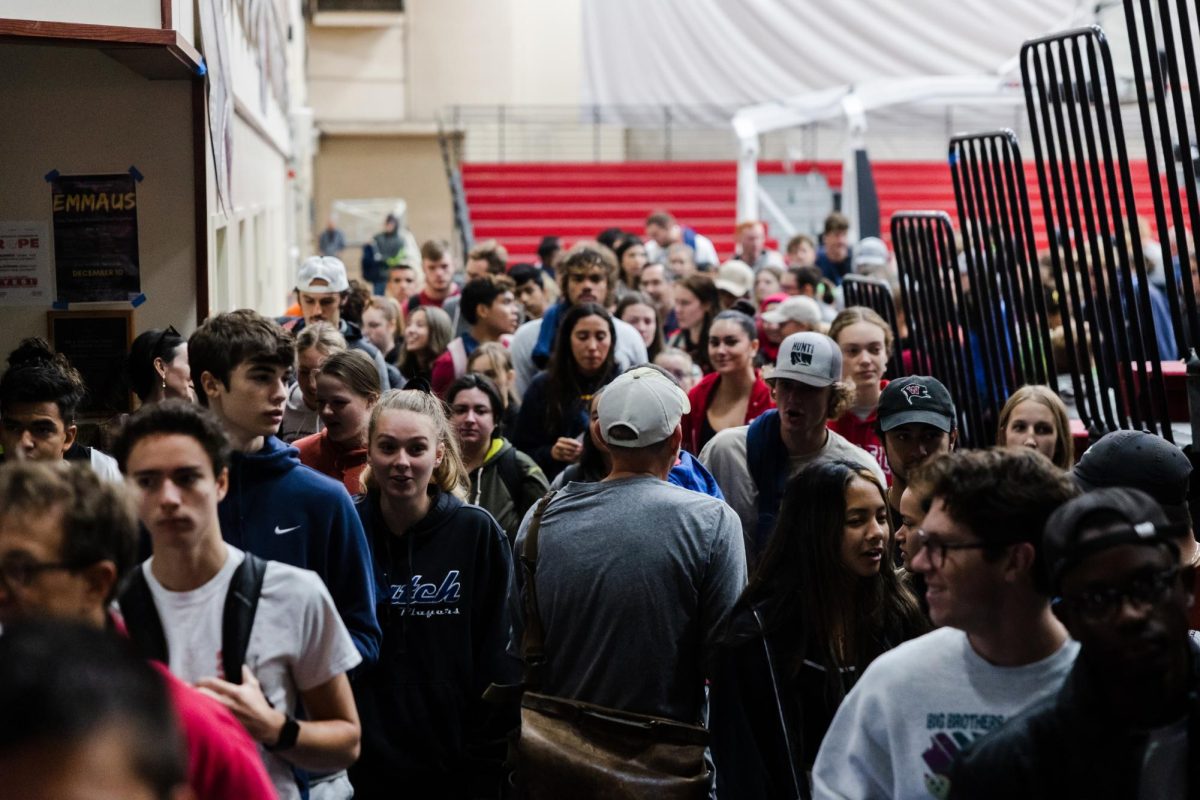
 Spokane?
Spokane?